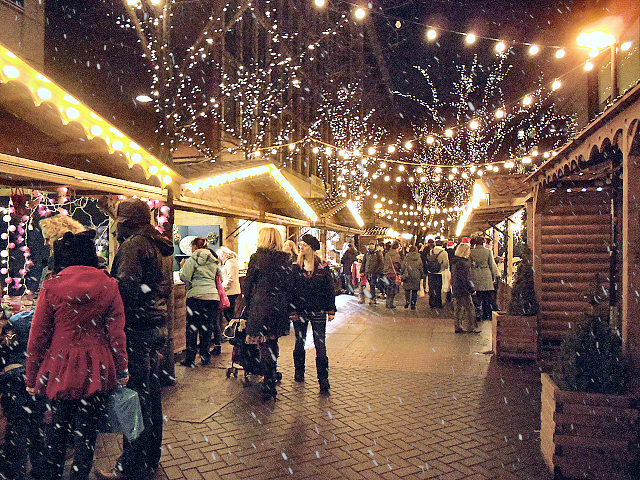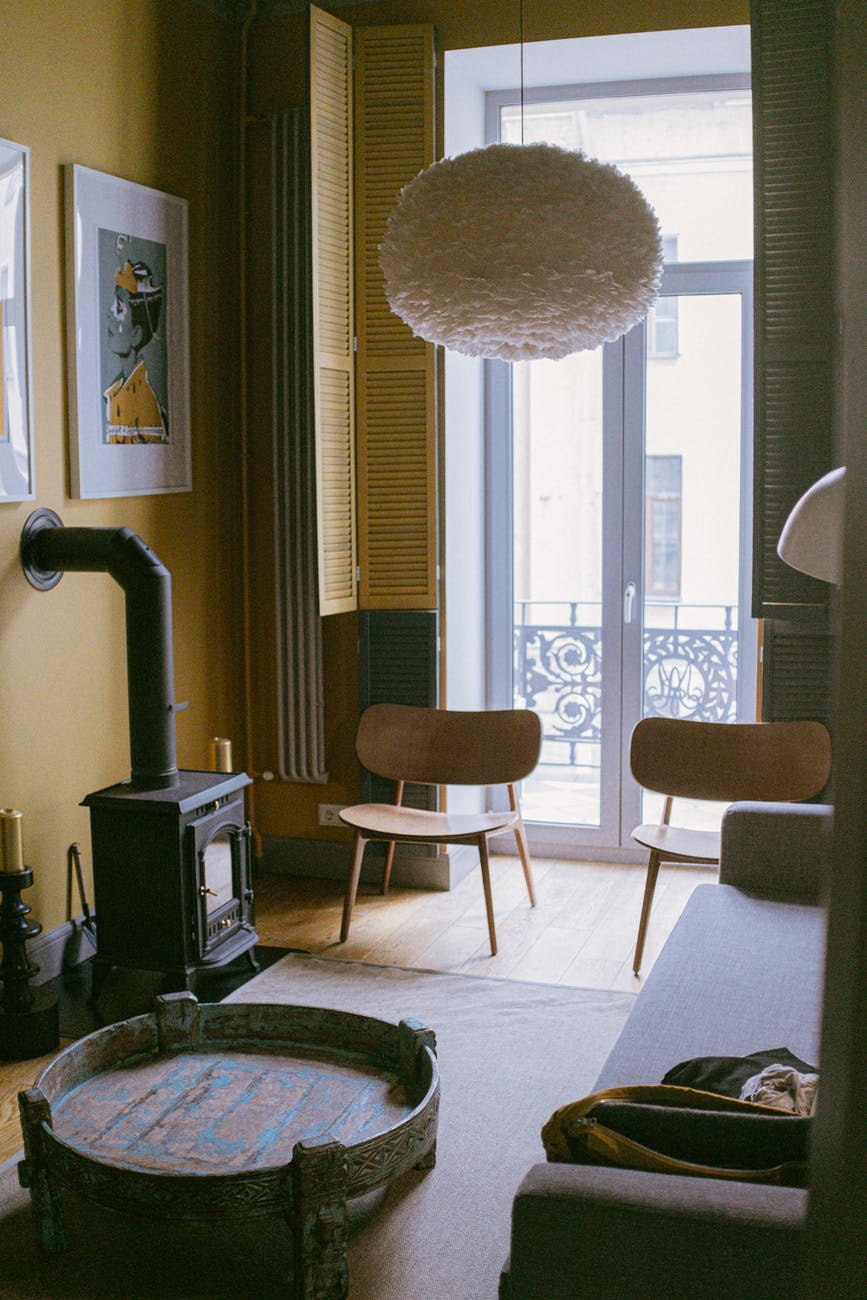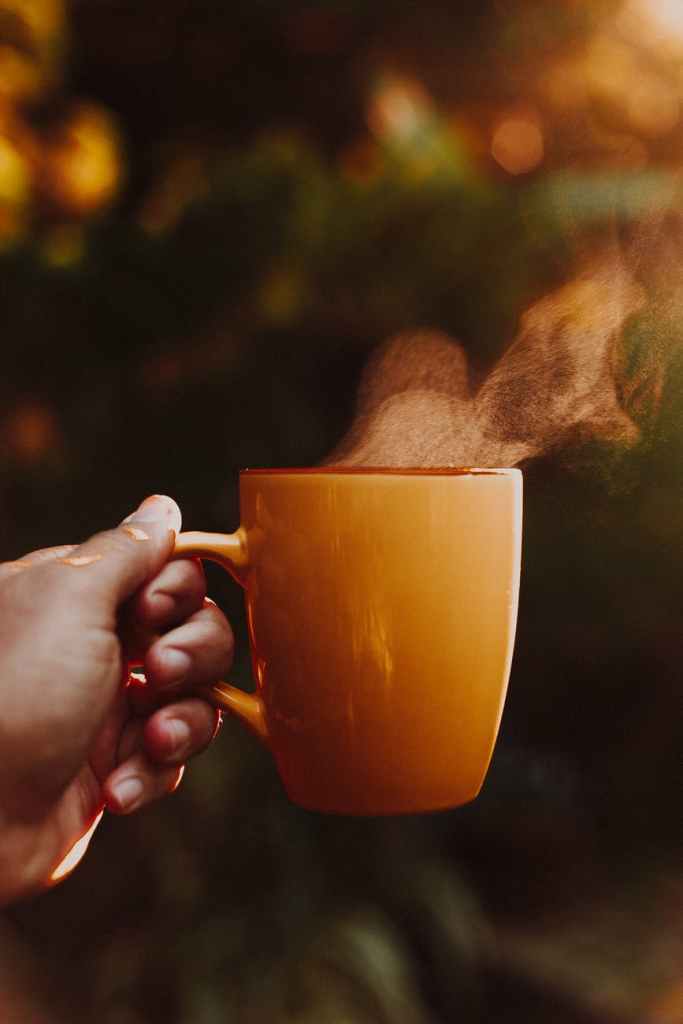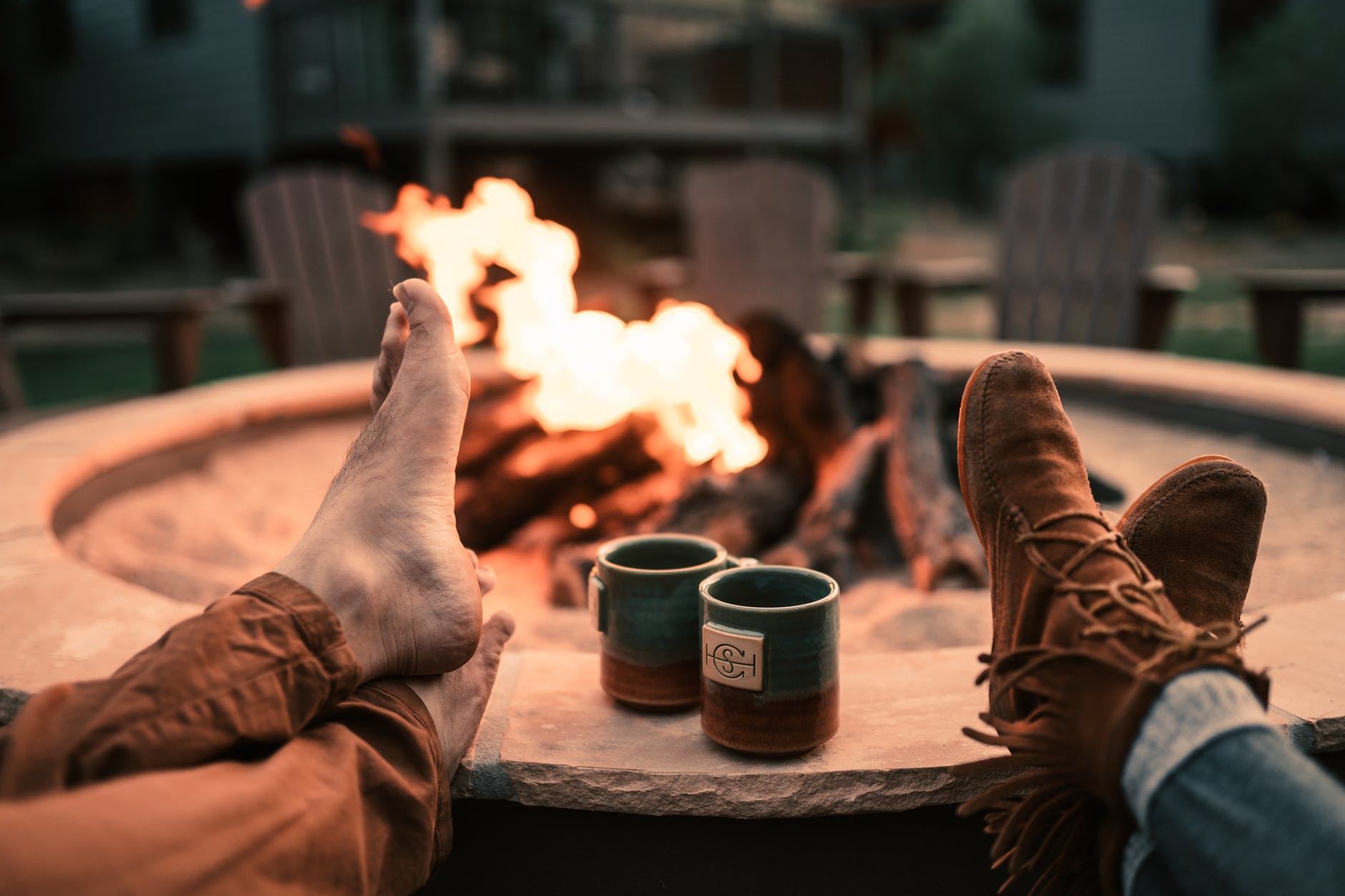I came across a report called the World Happiness Report 2020. Yes, believe it or not, there is a report for measuring the happiness of the citizens of a country! Every year since 2012, the United Nations has been publishing The World Happiness Report, which ranks 156 countries. The happiness being measured here is from the context of life satisfaction and subjective well-being of a citizen in a country.
I noticed that at least 3 out of 5 Nordic countries have been in the top 5 countries of the World Happiness Report ranking since 2012 (inception of the World Happiness Report) and all the 5 Nordic countries have been ranked in the top 10 in all the years since 2013.
Here are the Nordic Countries for reference (in no particular order):
- Denmark
- Norway
- Sweden
- Iceland
- Finland
Discussion on the factors used to rank the countries in the World happiness Reports is for another article. But in my research about the Nordic countries, one of many reasons for their happiness caught my eye, and it is called HYGGE. The first time I saw this word, I pronounced it as Haiga, turns out, it is native to the Danish culture/lifestyle in Denmark and it is pronounced as “hue-guh”.
Though the word Hygge originated in the Norwegian Language (Norway), the Danish people have internalized it in their very culture and is central to their lifestyle.
So, what is this Hygge really?
Hygge does not have a single, sure shot definition. It is vaguely described as well-being, a feeling of coziness, comfort & togetherness. Hygge is more like a feeling than just a word. Like being happy and experiencing joy & pleasure, Hygge is also a feeling & a mental experience. The Danish people have made this to be part of their culture and practice it in their daily lives.
Hygge is best described with a short scene:
“Imagine that you are in a snowy hill station with four of your friends. It is moderately snowing at dusk and it is -4⁰C/25⁰F at around 7 pm. Everyone is packed in their cozy woollen clothing with sweaters, scarves & jackets. As you all walk back home together from a marketplace, you notice the whole street is decorated with lights and stars because it is the week leading up to Christmas. There is no other place you would want to be because you feel a sense of belonging among your friends and the atmosphere is welcoming.

As you walk, you come across a beautiful bakery with an aromatic smell of bread and coffee flooding the street. So, you all decide to walk in, buy a sizeable cake & some cookies for later. You continue to walk back home, chit-chatting.

After reaching home, one of your friends sets up the fireplace, one of them arranges the seats around it, one is brewing hot coffee for everyone and another friend is helping you cut the cake in pieces and place the cookies on a plate. Everybody is contributing to the chores. There is a sense of harmony and truce in the air. The lights are dim and candles are lit, apt for the feeling of warmth inside, opposing the chilling weather.

You all sit in front of the fireplace, getting comfortable in your knitted woollen socks and sweater, sipping the hot coffees, and eating your favorite cake and cookies bought earlier. The phones are shut and away. You all talk about life in general, there is no drama and politics is at bay, nobody dominates and takes centre stage while speaking, everybody is equal. There is mild music playing on the speakers while you all play a board game in the moment. You are listening to the crackle from the burning firewood. There is a feeling of gratitude and togetherness in the air. You have never been so present in your life.”
Every single component in this story represents Hygge. It includes four basic things, the atmosphere, the food, the people, and the right mentality.


- Hygge Atmosphere – It is all those materials that amp up the aesthetics and create the hygge ambiance (including clothing), starting with the dim lights, candles, comfy pillows, blankets, knitted socks/sweater/scarfs, fireplace, plants, minimal home decor and so on that makes you feel safe, warm and content.

- Hygge Food – It is the comfort foods that give us simple pleasures like, cake, cookies, hot chocolate/coffee, sweets, soup, wine, and also the various local traditional food.

- Hygge People – Meik Wiking, CEO of The Happy Research Institute and the author of “The Little Book of Hygge – The Danish Way To Live Well”, says, “The best predictor of whether we are happy or not is our social relationships. It is the clearest and most reoccurring pattern I see when I look at the evidence on why some people are happier than others.”
From the previous article on this blog “Roseto Effect – How to be happy and stress-free”, we saw that the Rosetans lived long, happy and stress-free lives because of their natural habit of socializing day in and day out. The Rosetans had been, in a way, practicing Hygge as part of their culture without even knowing what it was. Socializing with the people is integral to being in the state of Hygge. Being with people just amps up the Hygge Quotient because you are sharing your space with someone you feel safe and are at ease.
- Hygge Mentality – It is basically the modest attitude among the people where everybody is equal and nobody is acting dominant in the gathering. Social status flies out the window and others are welcome into your comfort zone.
Hygge is about feeling content by experiencing simplicity with intentional interaction and gratitude. It is also about pausing from the fast-paced & hectic lives we live, taking a step back, and just appreciating what we have in the moment. Meik Wiking says in the book “It is giving the hot chocolate with whipped cream the attention it deserves. In short, indulgence. Hygge is about the now, how to enjoy and make the best of it”.
From looking at how Hygge is described, it seems like it is more of a concept of the winter, which it truly is. The Nordics, experience this feeling of being content and cozy in the dead winters. They make the already gloomy and dull winter more bearable. The Danes consider the Christmas month to be the most Hygge month in the whole year because of the extreme weather and the festive atmosphere.
From being in the Top 10 Words of the Year 2016 in Collin’s Dictionary to being famous for the winter lifestyle, Google agrees so about the keyword search patterns for the word “Hygge”:

The keywords are scaled based on popularity with 100 being high on popularity and 0 being the least popular, over time. It is evident that Hygge becomes very popular as a keyword search during the winter season in December and January every year since 2016 when people caught on to the trend of Hygge.
But, some of us have not experienced the bone-chilling winter season and live in the tropics or coastal areas, what does Hygge mean to them?
Hygge in the summers is simply the same winter Hygge without the chilly winter. The intent of getting together with people, being modest as an individual, and eating your favorite food, still stays integral to the feeling of Hygge. It is about going on a picnic at the beach or traveling to the nearest place for a short weekend trip with your family and friends. Just spending time talking, playing frisbee, board games, sharing all the food, and just reminiscing about old times.
It is just not about going on a trip with a jam-packed itinerary, it is about taking your time there. Hygge can also happen at home over a movie at the weekend with popcorn. Indeed, 70% of the Danes feel that home is where they feel the most Hygge and Meik Wiking calls home the Hygge Headquarters in his book because you can control the atmosphere but going out in the summers is just as Hygge.
There is way more to what Hygge is than just being able to cram the concept into an article. If you ask the Danish people what Hygge is, they would start and never end trying to explain what Hygge means to them because there is so much more about the lifestyle that it is not easy to explain all the nitty-gritty of the vast culture of Hygge.
Denmark & the Nordic countries among many other countries having a similar culture like Hygge are trying their best to keep the basic human culture of togetherness and contentment intact in the 21st century, we might as well jump on the train. 😊

A good cozy warm read in the midst of festivities. 💯
LikeLike
Great read ! Really appreciate your efforts with all those photos and hyperlinks along with the amazing content !
LikeLike
it is because these countries provide the basics (education, health, job, and retirement benefits – by taking a big chunk through taxes) and enables the citizens time to practice the hygge more than other countries. it starts with good education, which gives a good job, leading to earnings etc. and things snowball towards good hygge from there. i’d love for you to research and compare capitalist vs socialist economies. for ex, if i lose my job in USA, i’ll certainly take hit on my hygge! can you imagine?
LikeLike
Hey! Yes I agree. Once all the worrying factors are settled, like health, job, education etc, then it makes it all the more easier to practice Hygge and stay at peace. I will research about the capitalist and socialist economies. Thanks! 🙂
LikeLike
I wouldn’t call the Nordic countries socialist but I agree that there is difference in emphasis between individualism and more collectivist ways of thinking in certain countries. I would be interested to see how places like Japan fair on the Hygge scale.
LikeLiked by 1 person
I’ve always found it interesting that the happiest people are in some of the coldest climates. Thank you for your in-depth explanation — quite interesting! 🙂
LikeLike
Hey! Yes, I also feel like people in cold climates and mountains have a sense of togetherness mainly because of the harsh and demanding weather and in places where human comfort is compromised, people genuinely come together and help each other out which indeed promotes the sense of belongingness among us, the social animals. 🙂
LikeLike
Goes to show how much more beneficial it is to connect than isolate. 🙂
LikeLike
Excellent article and writing. You make your point. However, for me it sounds more like a fairy tale. Fiction. I have always considered myself to be partially more of an outsider, probably comes from the territory of being an artist (among other factors). Further the paradox of being a part of a group–living in NYC–well, it kind of rings false for me. I live here, along with millions of others. But quite often we want nothing to do with each other! Others are often obstacles, in fact. Plus one is only as cozy here, as the life-style you can afford to have allows you to be. And often, a feeling of so-called “brotherhood” is only dissipated by the stress you feel from having so many other humans around you 24/7. The noise your neighbors make alone creates stress sometimes in something as uniquely simple as they way they walk over your head! Sorry, didn’t mean to be downer; but like I said, to me this is an imaginary place from a children’s book. Just saying. Good work though and keep writing! Hell, let’s all move to Denmark! LOL!
LikeLiked by 1 person
Hey Chris! I completely understand your perception. I come from a similar life. New York being the concrete jungle it is, a similar fast paced and capitalist environment is creeping up in India as well. People are in search for satisfaction in one way or the other. I had also started from the situation you have been facing, having nothing to do with the people around you. But slowly but surely, I realized that it is about the people and not any material satisfaction. Though I am not even 10% on that route, but I am on the way.
I love and welcome such constructive discussions and comments. Thank you! Aaand, yes, let’s move to Denmark! 😀 😛
P.S: I like how you have build an ideal reader persona on your blog article. That was helpful. Being a newbie at blogging I am on the learning curve and your article kept me on track. Thanks! 🙂
LikeLike
Enjoyed reading this. I like the values of ‘Hygge’ and even if it is not always present in my life, I will appreciate those moments when even some of those good things coalesce!
LikeLiked by 1 person